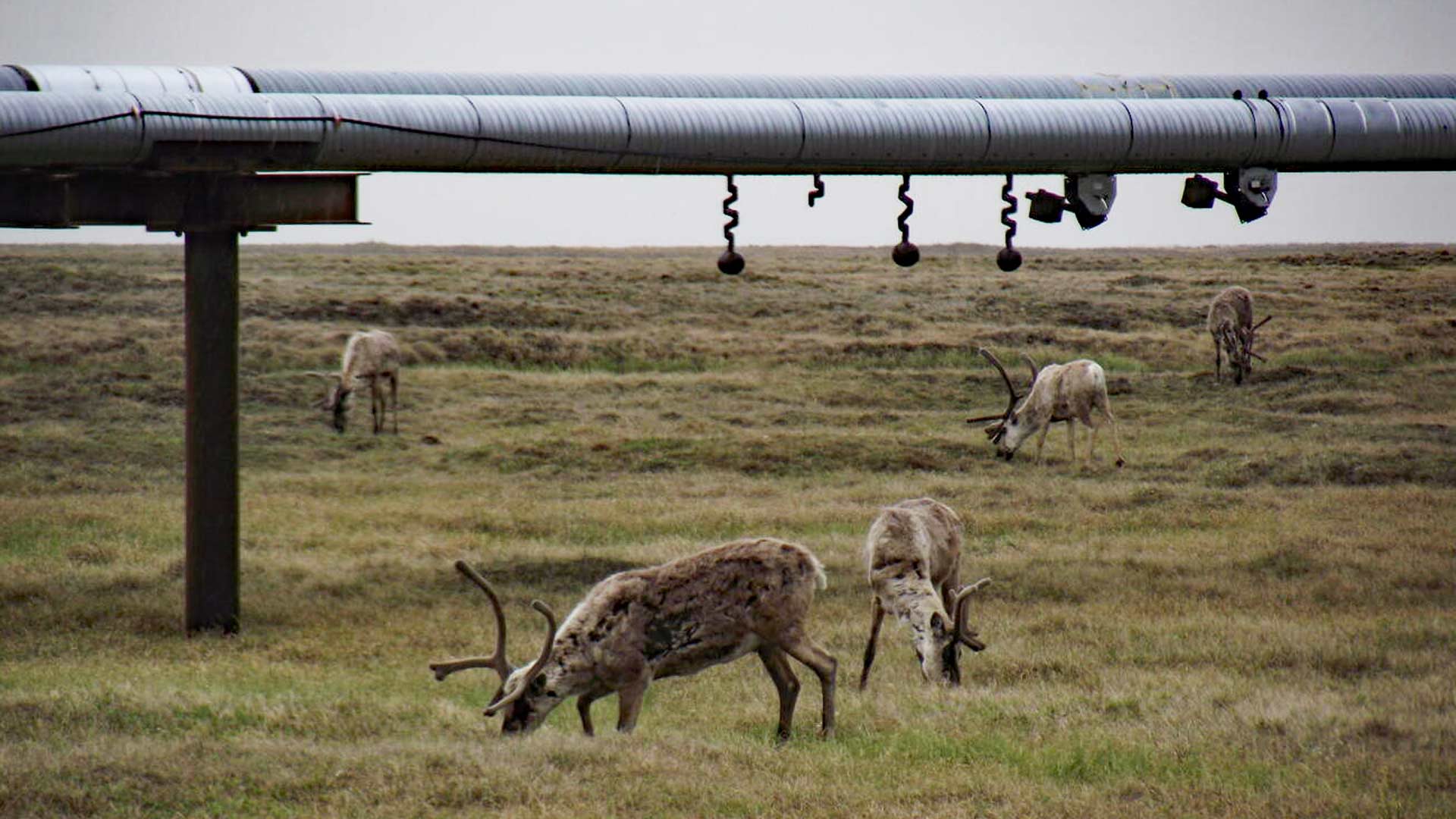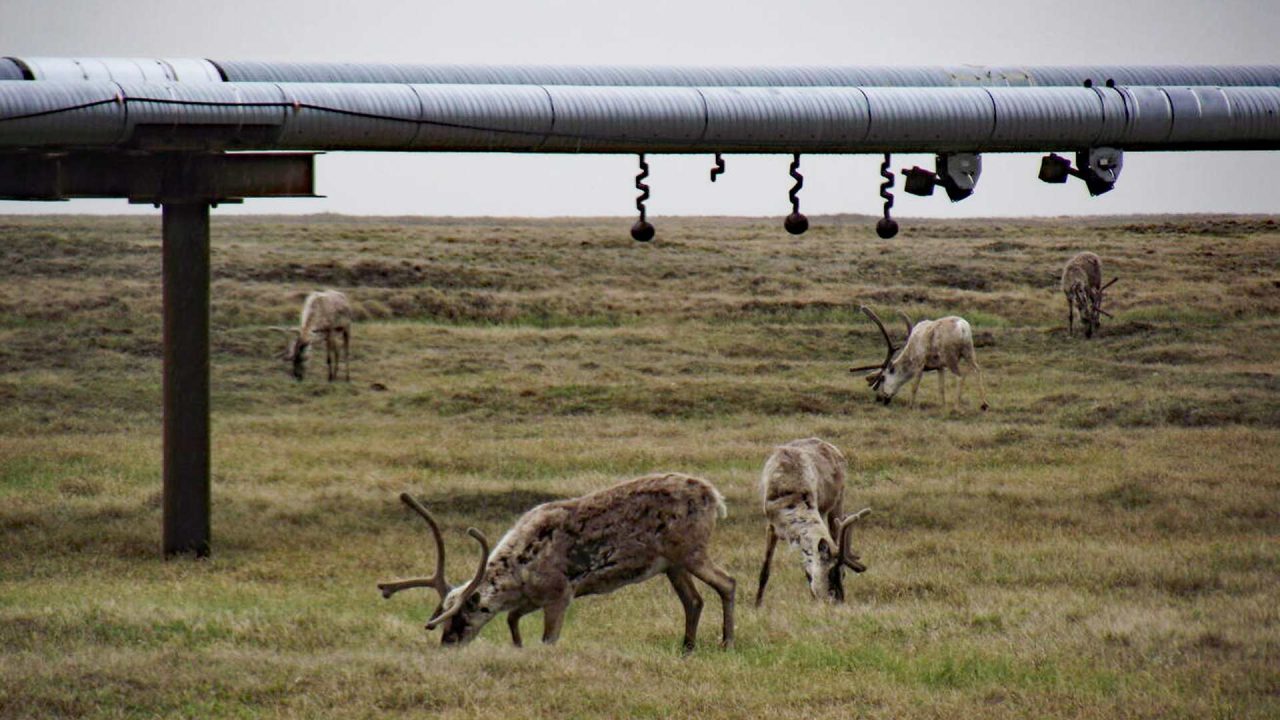
In the mid-1980s, I was employed as a social scientist by the Forestry Sciences Laboratory, a research division of the United States Forest Service in Juneau.
My job assignment was to research subsistence activities in Southeast Alaska. As a result of my research, two major reports were produced and subsequently published by the Alaska-Siberia Research Center, titled: “Harvest, Distribution and Exchange of Subsistence Resources in Southeast Alaska” (1992) and “Politics and Environment in Alaska” (1994).
Certainly, the dilemma of economic development and traditional use of renewable resources is still current and complex in Alaska. These complexities arise due to differences in socio-economic objectives and procedures for industrial development and traditional use of renewable resources.
Economic development tends to place stronger emphasis on quantitative increase of production and utilization of natural resources – resources aimed at enhancing the material well-being of people.
To many residents in Alaska, subsistence also means a lifestyle, a set of sociocultural values, and self-respect for formerly totally independent people.
Subsistence, or traditional use of renewable resources, on the other hand, emphasizes management of more qualitative aspects of the human environment and preservation of natural resources, which can add moral quality to human.
Historically, subsistence had been the domain of economists and nutritionists. Currently, however, subsistence is considered to be a subject for ecologists, biologists, geographers, anthropologists, psychologists, and social scientists. Thus, subsistence became a multidisciplinary field where human-environment relationships are the main focus of study.
Increasing interest in human-environment interactions is a matter of deep concern to the citizenry, government, and scholars. These concerns are confined primarily to two general areas: (1) economic development and its impact on the natural environment; (2) management programs and/or interrelationships among human activities, public policy alternatives and environmental systems, i.e., how particular commonly owned natural resources are to be utilized.
These institutional and public concerns are oriented toward subsistence issues which make this field intellectually complex, scientifically debatable, sometimes controversial, and often politically irreconcilable with these various viewpoints. Taking these factors into account, it seems that in order to resolve differences of opinion, which appear to be counterproductive, and to address the research and management problems effectively, it is important at the outset to determine the central characteristics of subsistence.
Indeed, subsistence issues are particularly important in Alaska because the economy of rural communities is largely subsistence-based or mixed. To many residents in Alaska, subsistence also means a lifestyle, a set of sociocultural values, and self-respect for formerly totally independent people. Subsistence activities in rural Alaska not only strengthen the family unit, but also provide traditional foods necessary for an adequate diet and meaningful work for rural populations. It fills the human needs for self-reliance, self-realization and self-fulfillment.
Internationally, subsistence refers to those economic activities (e.g., hunting, fishing, gathering, farming, herding, crafting, trading, tool-making, transportation, skill training, storage, energy development, and so on) which are relatively self-contained within a community or region and are not conducted for profit-maximization, but aim primarily for present consumption, and are governed by traditional patterns rather than market conditions or immediate needs.
It is obvious that subsistence hunting and fishing, which is legally defined as traditional and customary use of resources, is often conflicting with the reality of subsistence practices in Alaska.
Taking these social and economic factors into consideration, in 1978, the State of Alaska’s subsistence law was passed, which essentially defined subsistence uses for all Alaskan residents as: “The customary and traditional uses of wild, renewable resources for direct personal or family consumption, such as food, shelter, fuel, clothing, tools, or transportation; for the making and selling of handicraft articles out of nonedible by-products of fish and wildlife taken for personal or family consumption; and for the customary trade, barter, or sharing for personal or family consumption” [AS 16.05.940 (30)].
Then, in 1980, Congress passed the Alaska National Interest Lands Conservation Act (ANILCA), which provided for “…the customary and traditional uses by rural Alaska residents of wild, renewable resources for direct personal or family consumption such as food, shelter, fuel, clothing, tools, or transportation … “(Title VIII: Sec. 803). In 1986, the Alaska Legislature amended its 1978 law to provide for a rural resident subsistence preference in order to comply with ANILCA.
Unfortunately, ANILCA does not provide a clear, unambiguous definition of subsistence users or subsistence uses. ANILCA requires a priority for subsistence uses on federal lands, which comprise about 60% of Alaska’s land. Under section 805(d) of ANILCA, however, the State of Alaska retains management authority over the fish and wildlife on ‘public’ (federally managed) lands in Alaska as long as it has programs which comply with Title VIII. Otherwise, fish and wildlife management on public lands reverts to federal agencies.
Traditionalists should realize that the process of economic development is a part of social evolution and cultural change through which nations seek to improve their well-being.
In December 1989, the Alaska Supreme Court found that the rural subsistence preference violated the clause of the Alaska constitution which reserves fish and wildlife resources for ‘the common use’ of all residents of the state. The court declared the state’s law unconstitutional, a ruling which placed Alaska out of compliance with ANILCA. As a result of the Supreme Court ruling, the federal government took over the management of subsistence on federal lands in Alaska. More importantly, protection of rural communities’ traditional fish and wildlife resources may be threatened because now all Alaskans qualify as subsistence users on state lands.
It is obvious that subsistence hunting and fishing, which is legally defined as traditional and customary use of resources, is often conflicting with the reality of subsistence practices in Alaska. There is nothing traditional, for example, in using rifles and powerboats. Wildlife and water resources are often also abused under the “umbrella” of the subsistence uses or users for whom subsistence mode of life is definitely not a matter of physical survival but rather recreational and/or commercial activities.
In spite of irreconcilable philosophical differences, our effort should be directed towards a common goal—i.e., the optimal and sensible utilization of the earth’s resources to achieve the highest quality of spiritual and economic life. Indeed, differences between traditionalism and development are irreconcilable in principle; for example, wilderness preservation and timber cutting, subsistence way of life and the modern mode of production.
ALASKA WATCHMAN DIRECT TO YOUR INBOX
These differences, however, can be minimized if there is a clear understanding and cooperation among those whose main interests lie on either side. Developers must consider rights and requirements for environmental values, the conservation of which is important for scientific, recreational and historical reasons. On the other side, those concerned with conservation must be equally ready to recognize the political, social and economic forces behind the development and be prepared to compromise and give necessary assistance when it is needed.
Traditionalists should realize that the process of economic development is a part of social evolution and cultural change through which nations seek to improve their well-being. The process of exploration of natural resources cannot be overlooked or stopped and, therefore, it should be rationally developed and efficiently utilized, bearing moral responsibility for the preservation of its own natural resources.
In short, if the population of Alaska is to grow and prosper, then economic development in Alaska must grow and prosper as well.
The views expressed here are those of the author.







